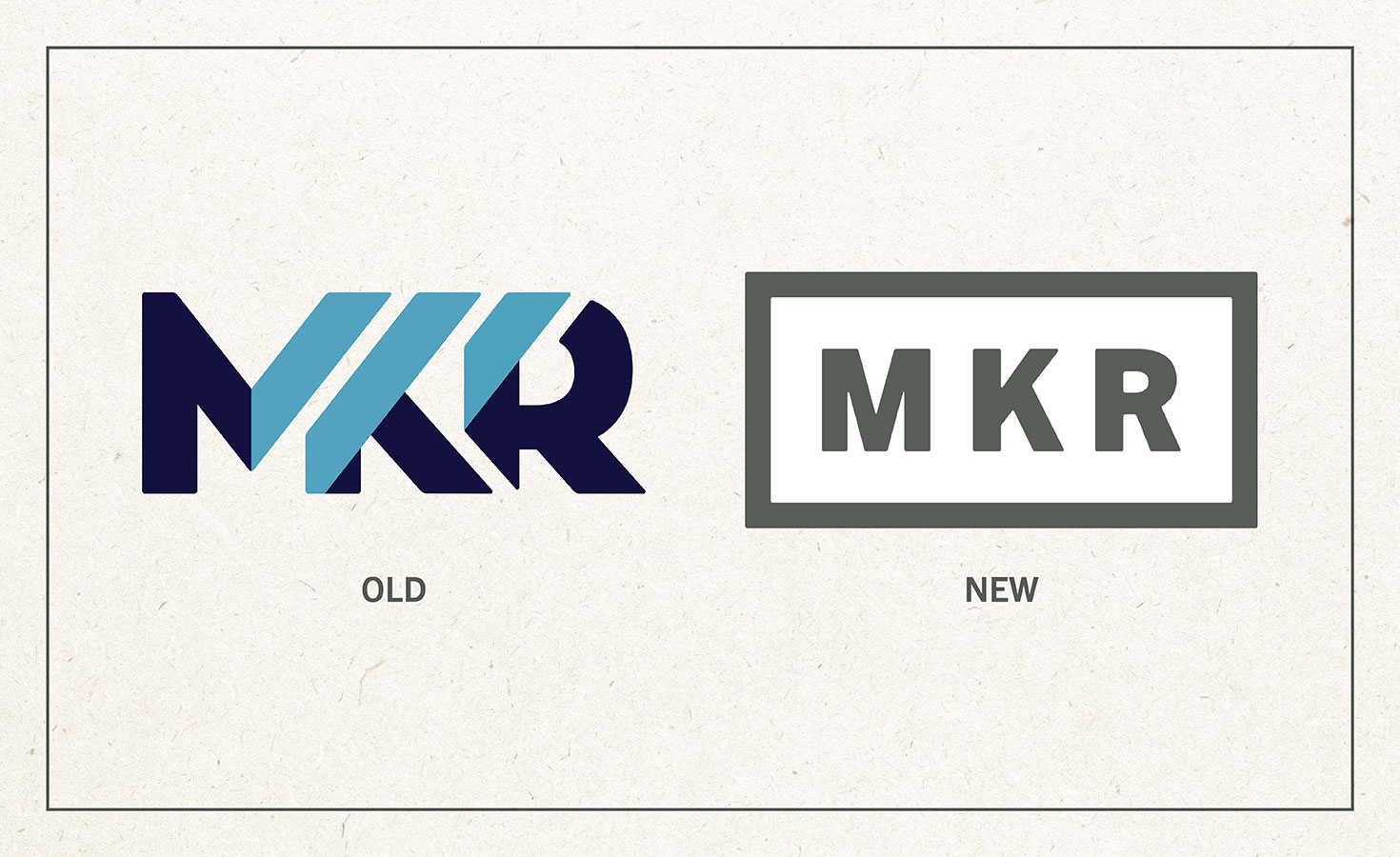
Last year came with some big rebrands. Twitter became X. HBO Max is now just Max. Pepsi updated its logo. And while sometimes a rebrand is a smash hit, often it leaves audiences scratching their heads. So how does it work? Why does a brand rebrand? And how can you make the leap successfully?
Ask yourself why
There are plenty of good reasons why you might want to consider a rebrand. Here’s a bad one: You just want a change. Never, never rebrand on a whim. A rebranding is a meticulous and calculated endeavor that should be treated with the reverence it deserves. And all of it begins by asking yourself, “Why?”
Why should you rebrand? What do you want to gain from it? Answers may vary, but by defining your problem and your goals, you’ll be able to lay the foundation for a successful rebrand.
Look at Burberry. When Chief Creative Officer Daniel Lee took over in 2022, he had a goal in mind, “bringing Burberry back to somewhere [he] felt familiar with.”
“The main aim is to celebrate British identity because that’s the thing that sets us apart from all the other key players.” This goal of recommitting to the roots and reconnecting with their audience led Lee to a century-old design that became, once again, the centerpiece of Lee’s vision and Burberry’s rebrand. He knew where he wanted the brand to end up, so he knew where to start.

Do the research
While the magic of marketing still exists in intangible instincts, modern tools have taken most of the guesswork out of our industry. So before you even start doodling logos and writing slogans on napkins, get the data right.
How is your brand perceived in the market? How does that compare to competitors? Who is your current audience? What do they want? With these questions empirically answered, you’ll have the arsenal you need to start executing a successful rebrand.
But the research shouldn’t stop there. Before you take your rebrand to market and introduce the new you to the world, make sure you’re still looking at the numbers. Through processes like A/B testing, focus groups, interviews, surveys, and more, you will know if your rebrand is resonating, or if it’s back to the drawing board.
Launch and beyond
Even the greatest messaging and design can be derailed by a bumpy rollout. It’s important to have a game plan in place and to stick with it. Because once your rebrand launches, it’s really difficult to unlaunch. So get all your ducks in a row. You don’t want to be handing out business cards with an old logo the day after your new one is announced. You don’t want to update all of your social profiles and forget LinkedIn. And you don’t want to send out emails with dated signatures.
And lastly, remember that your rebrand doesn’t end when you rebrand. Your brand is a living thing. Continue to measure your success with data and continue to communicate with your audience.
Does your brand need some new life? We can help, and we’re always happy to chat.